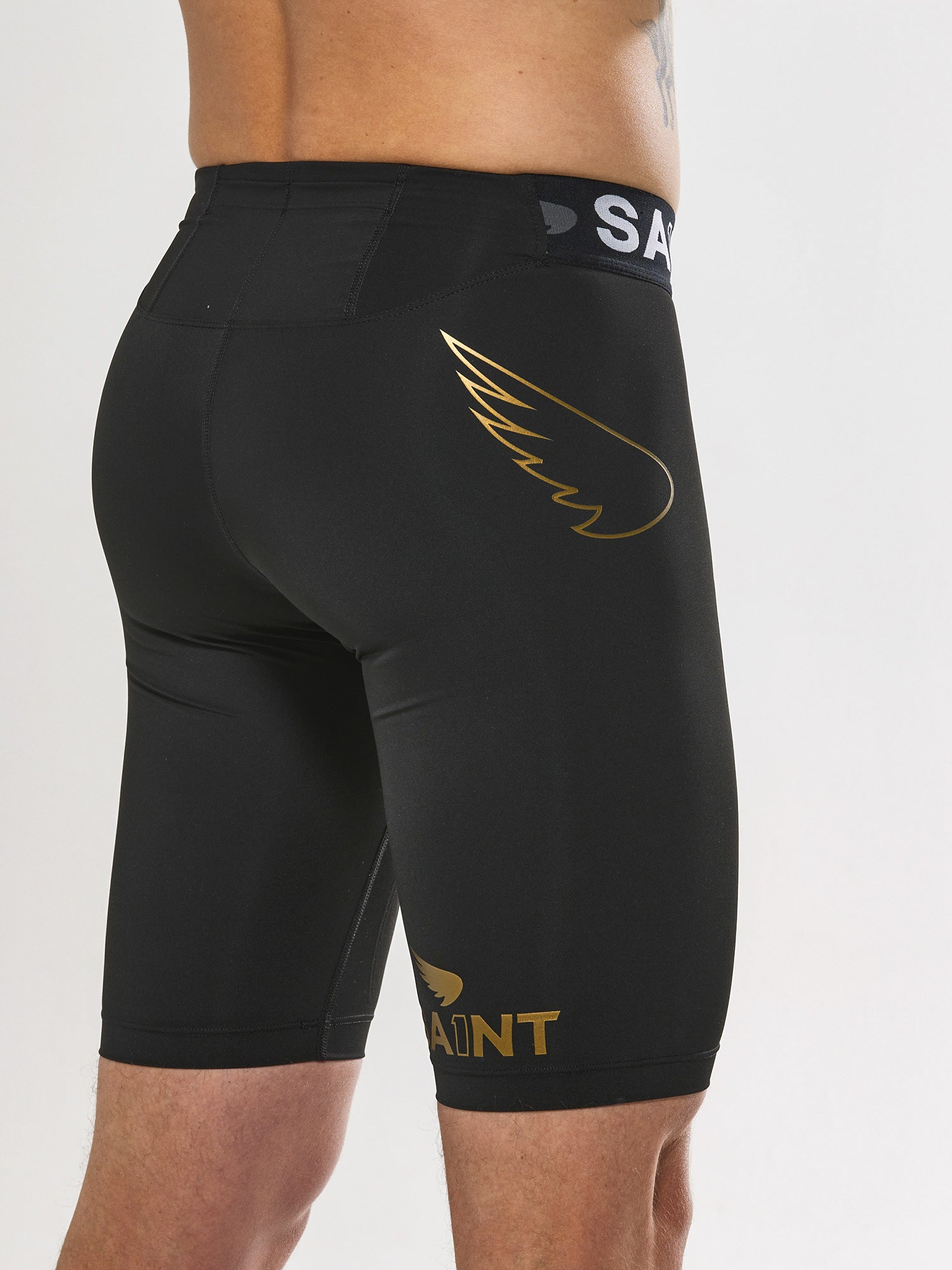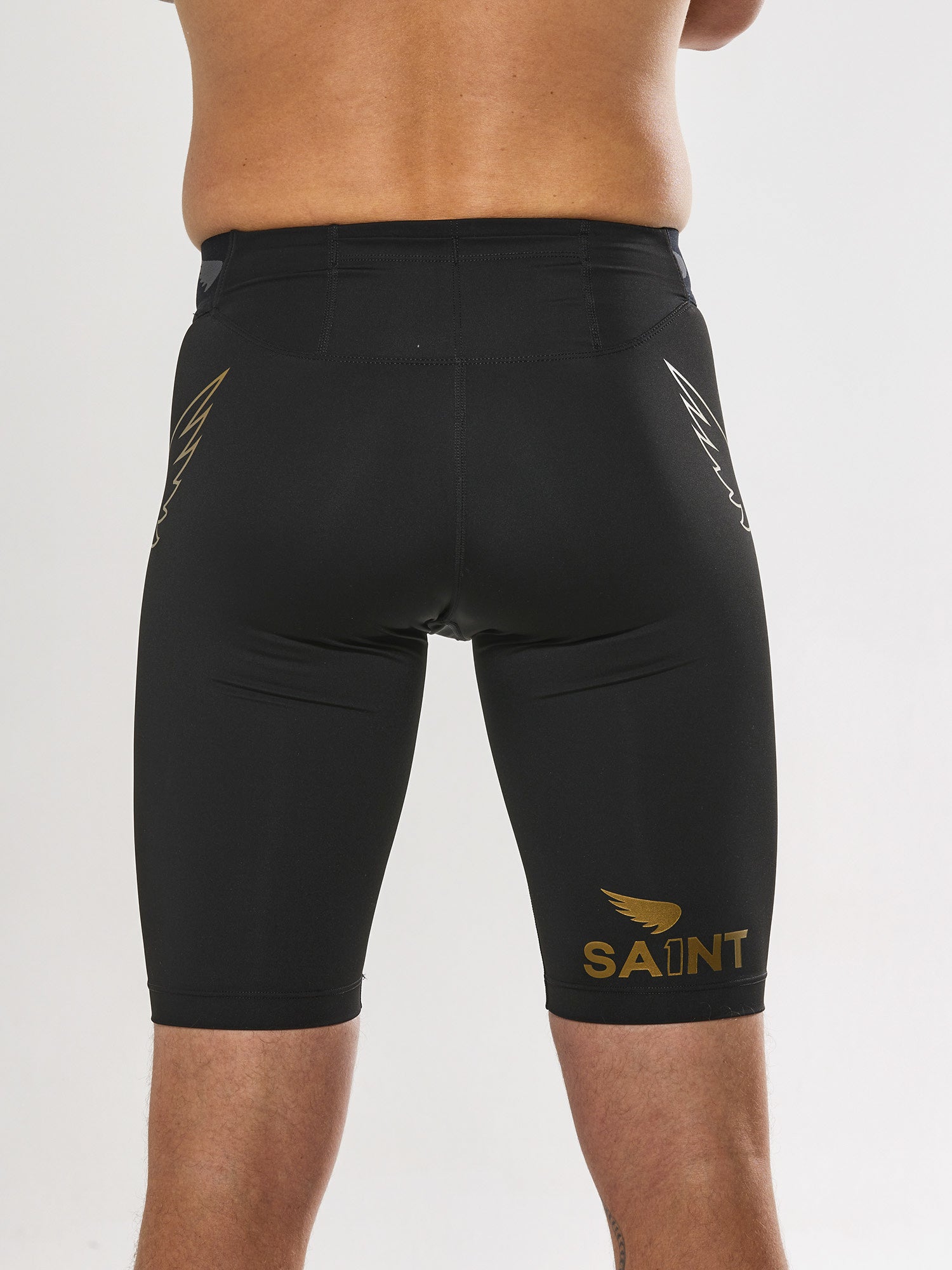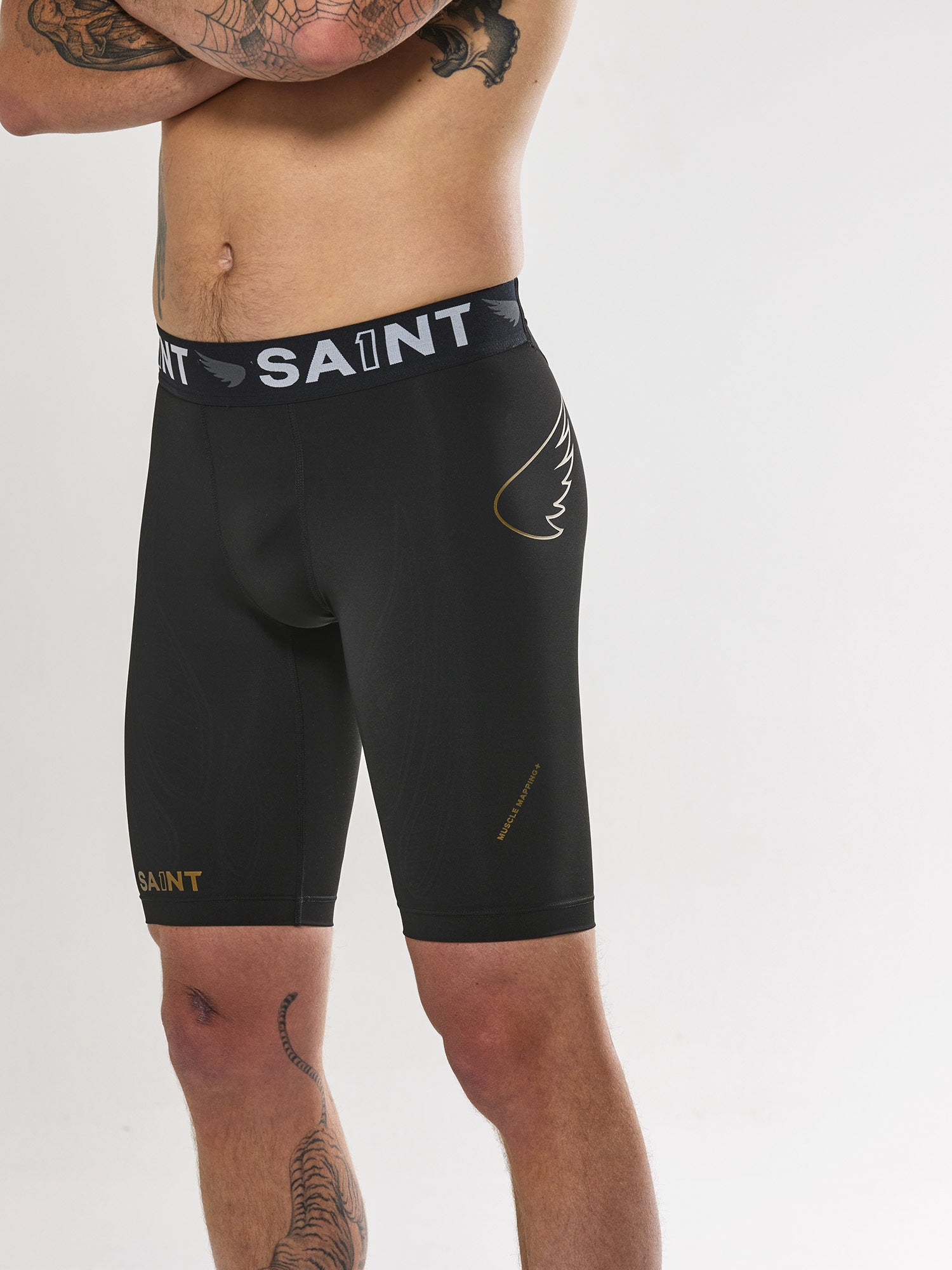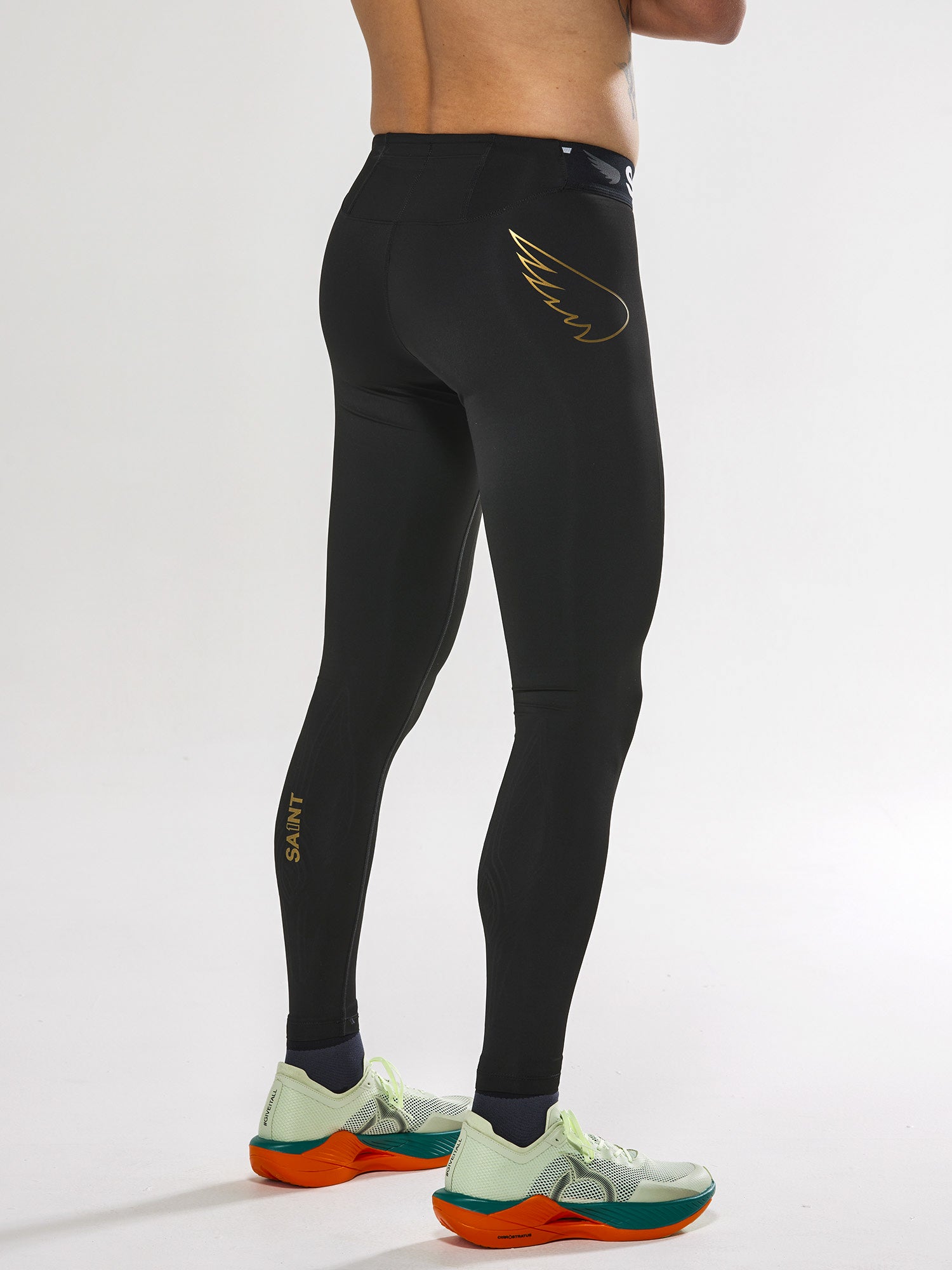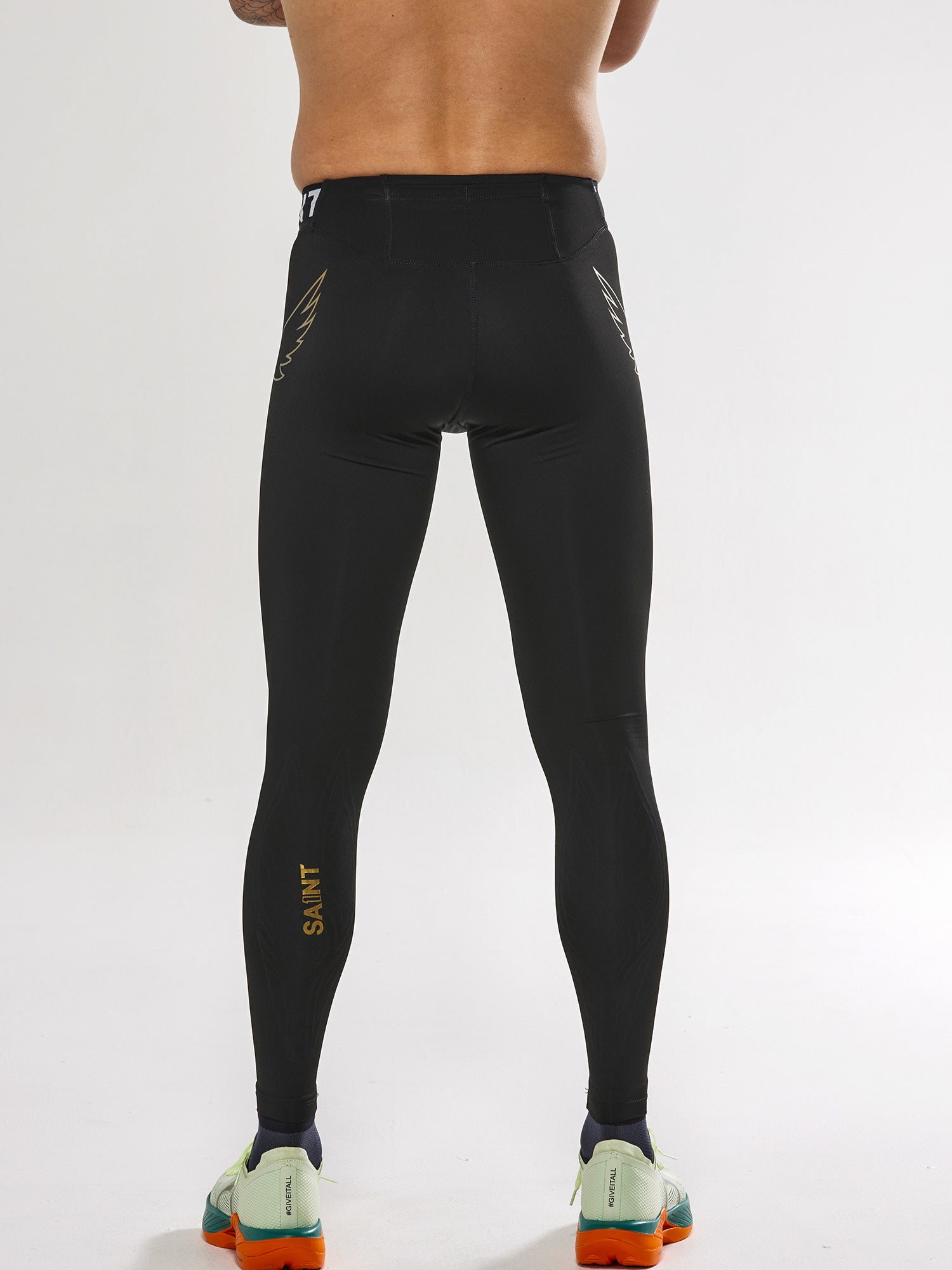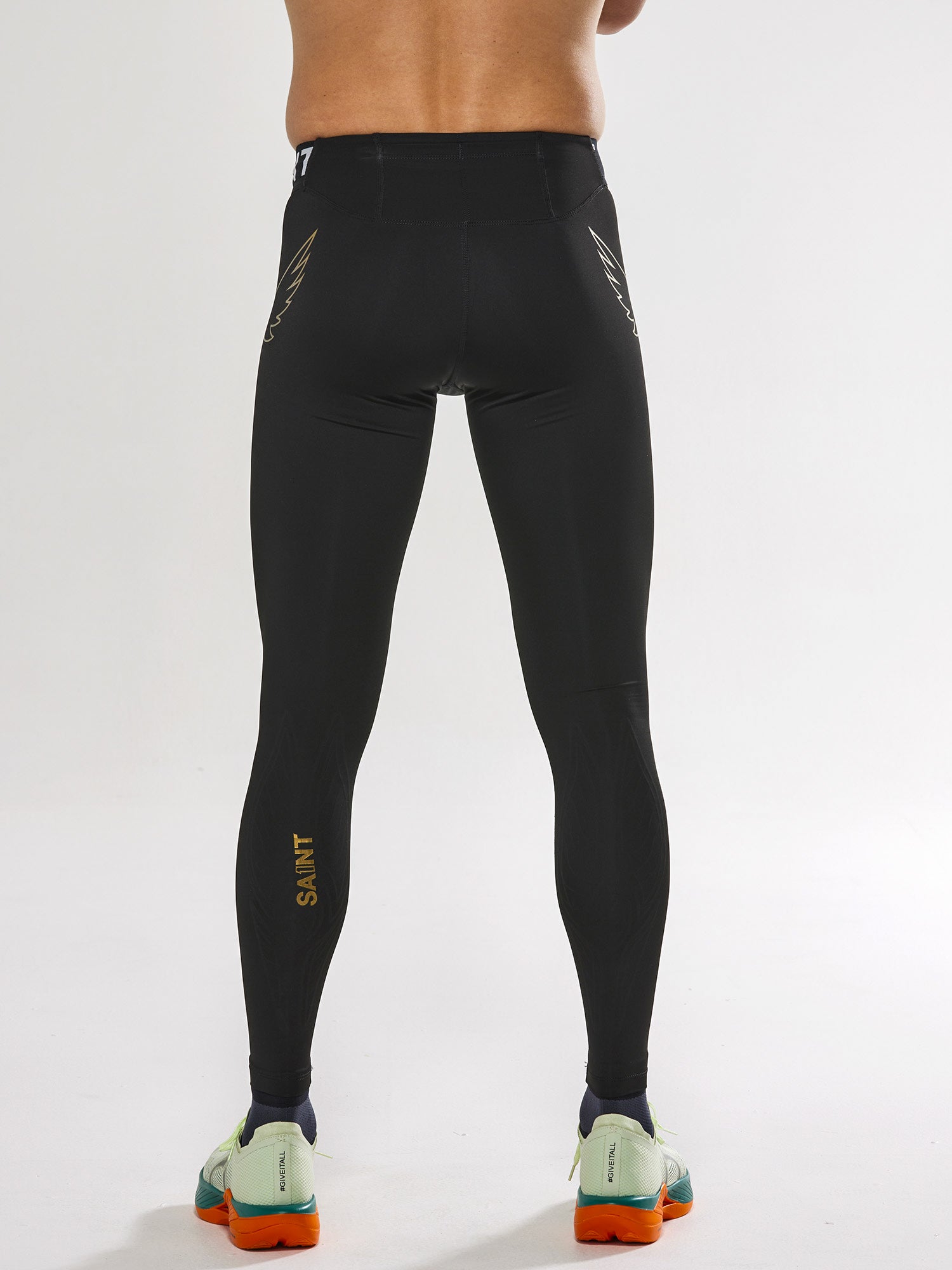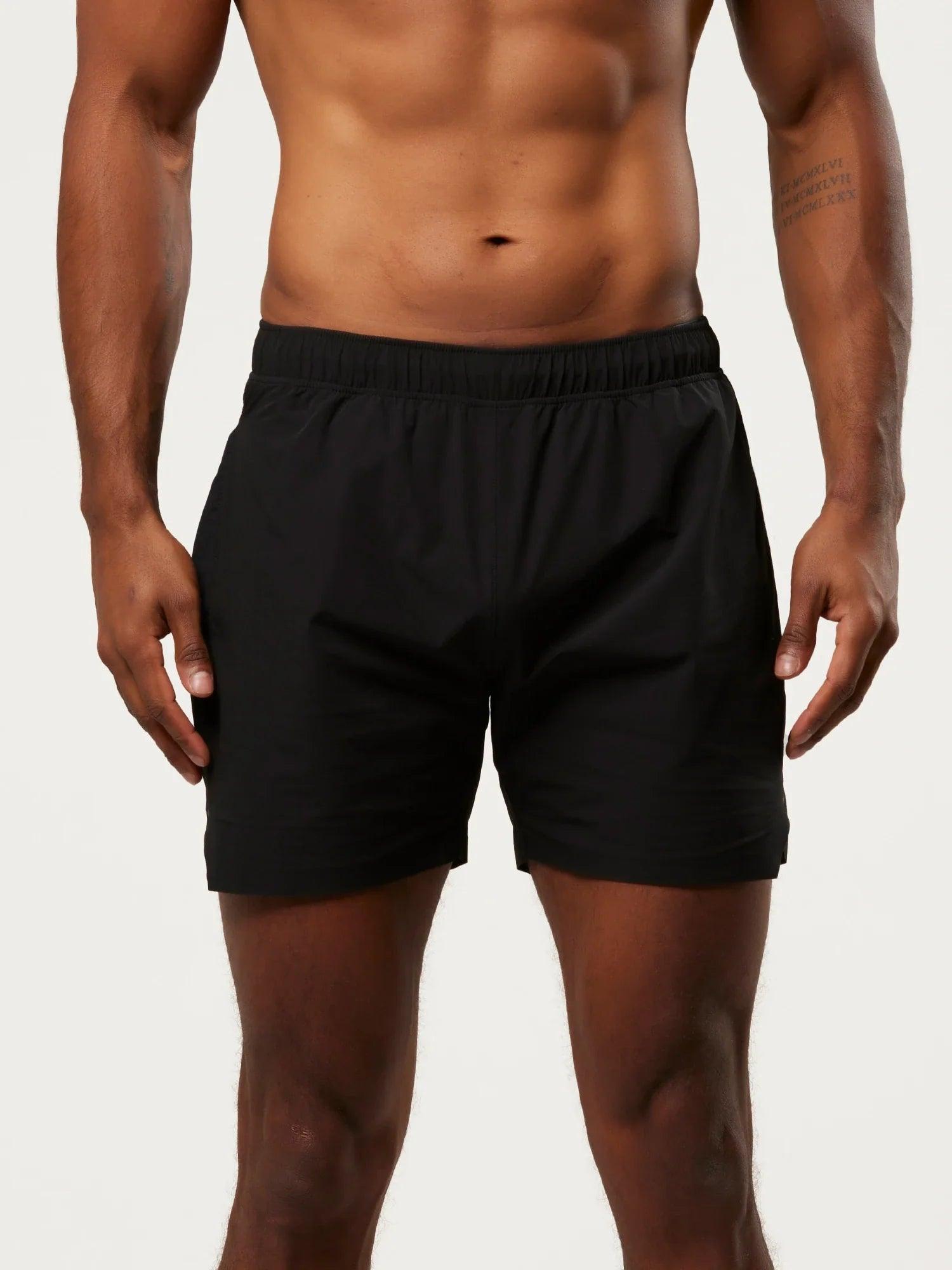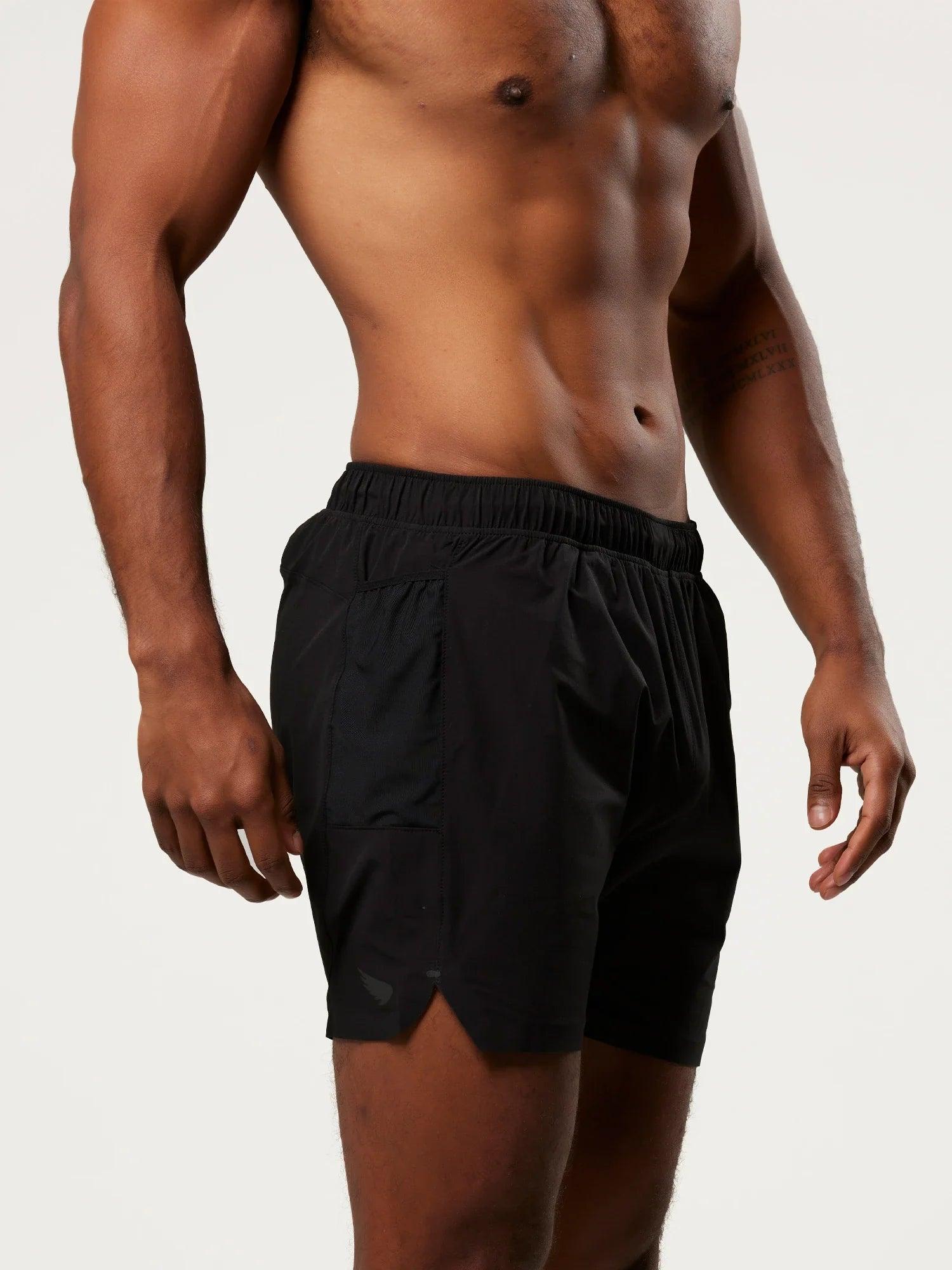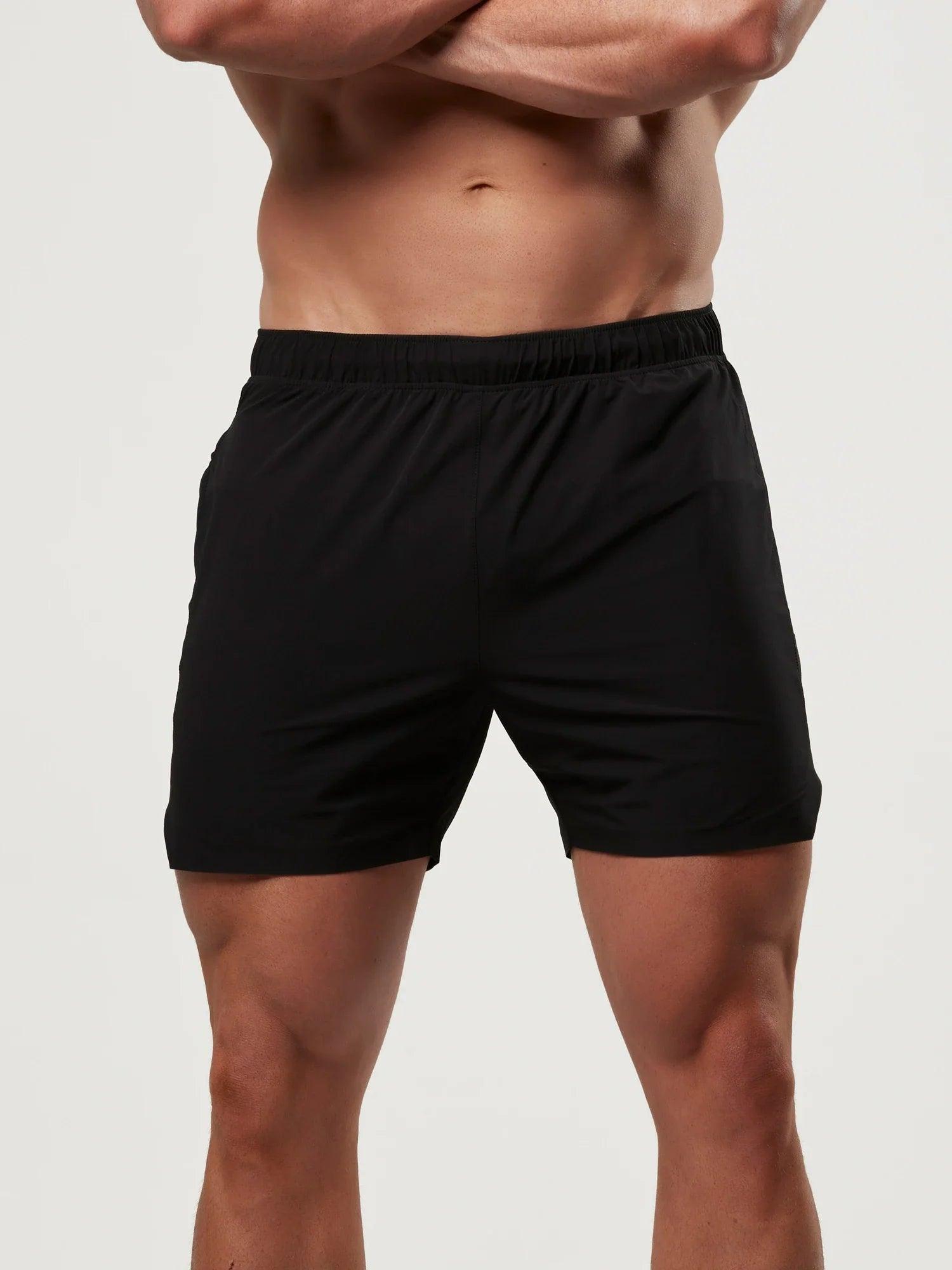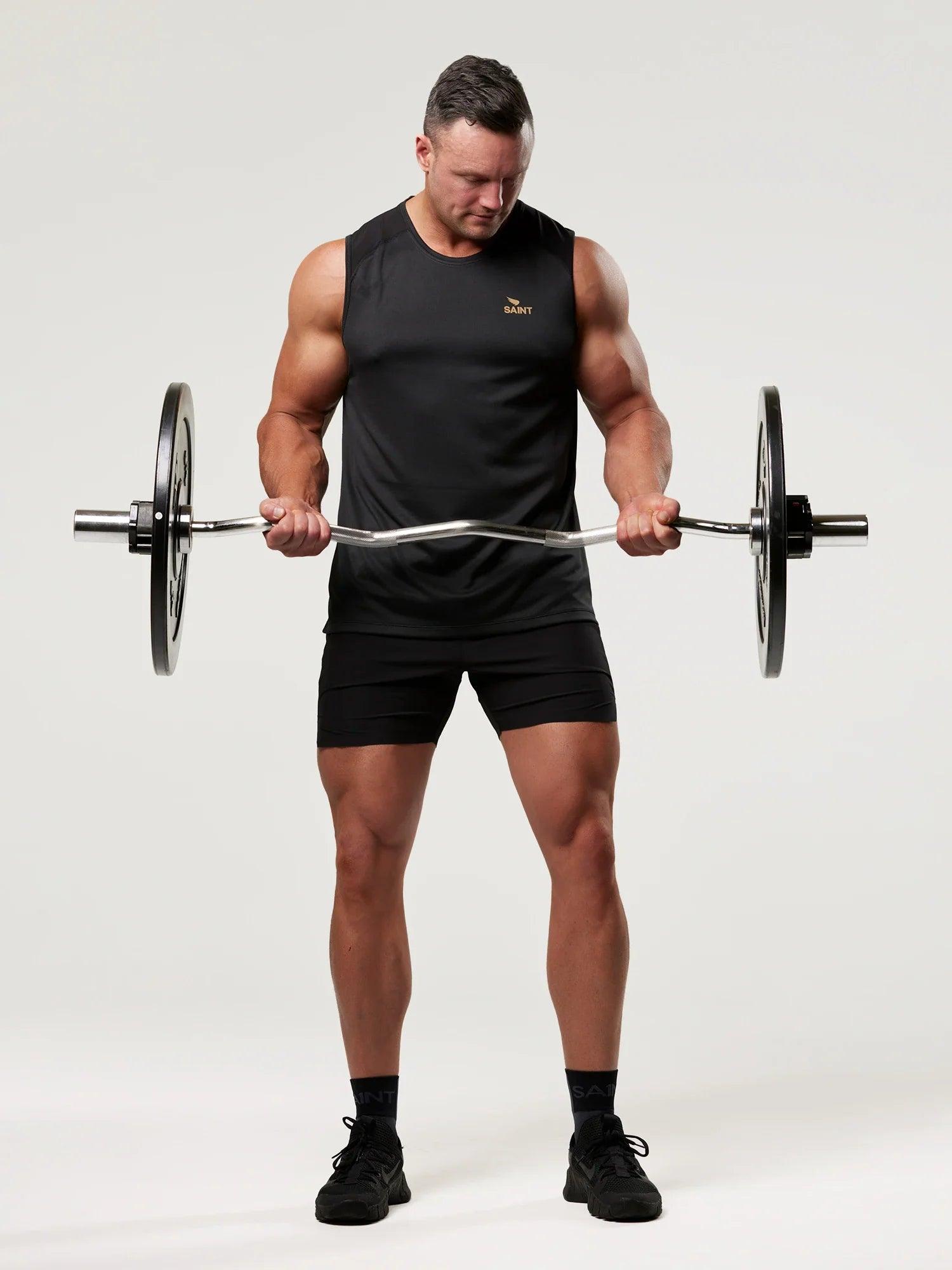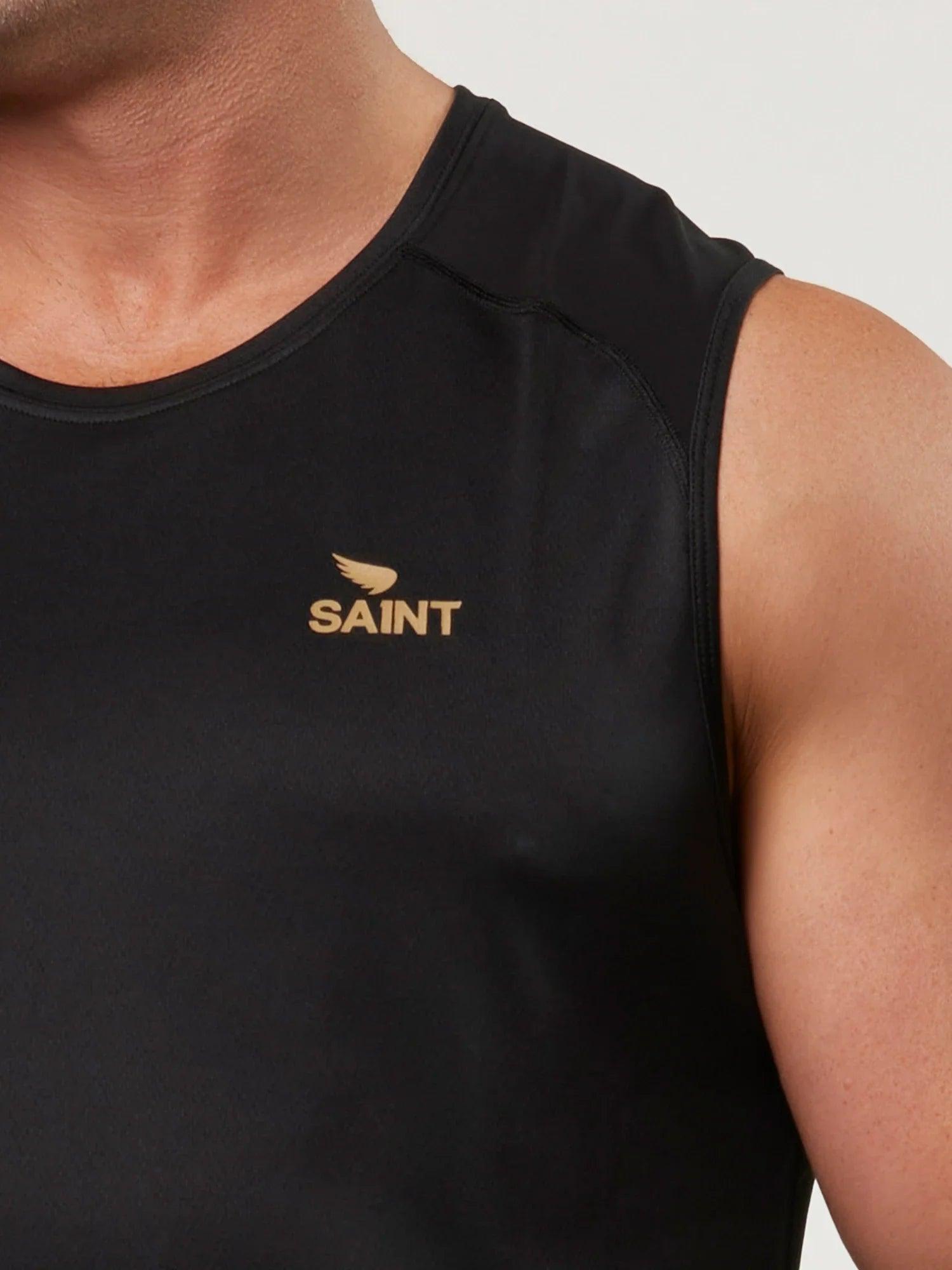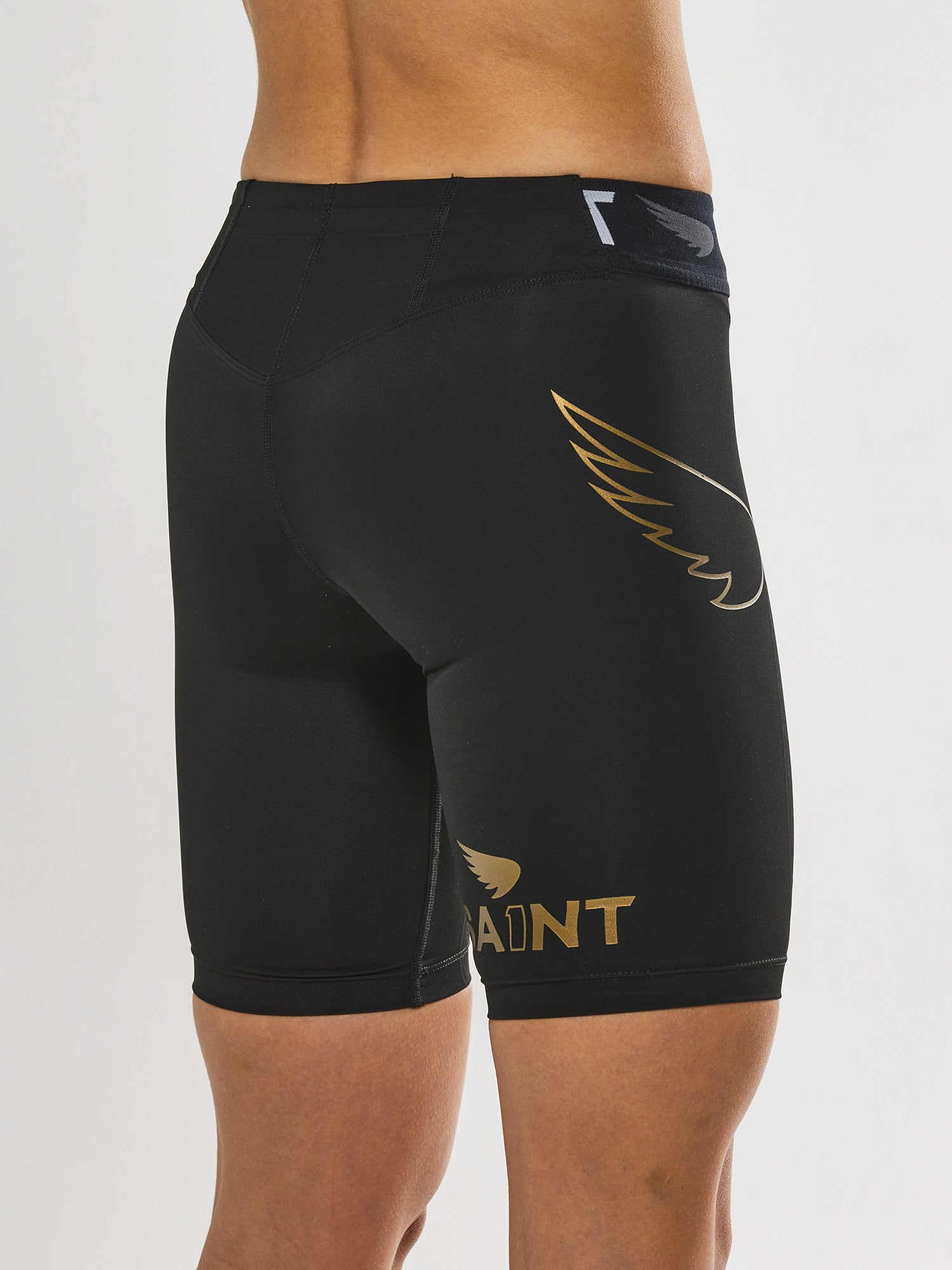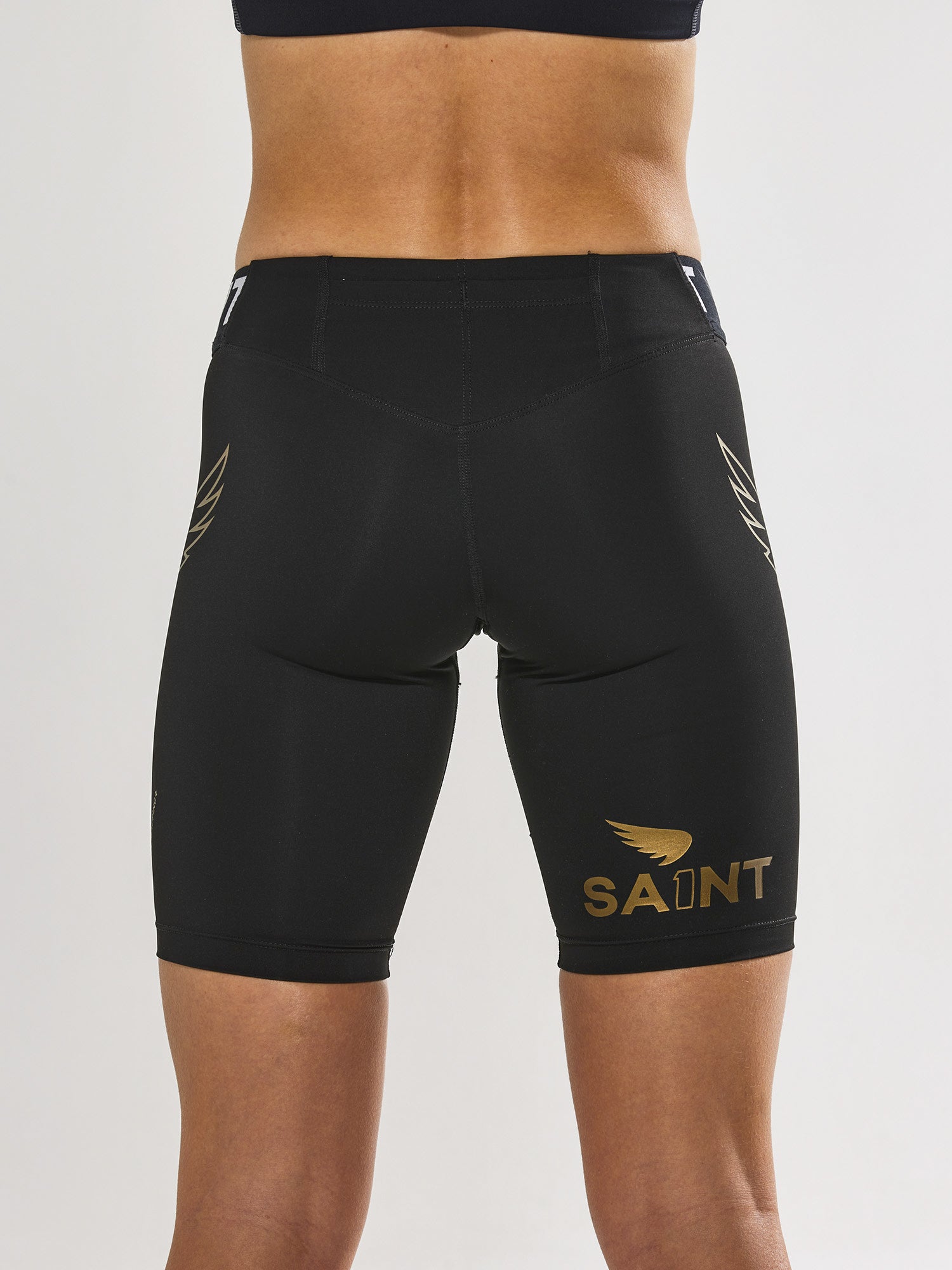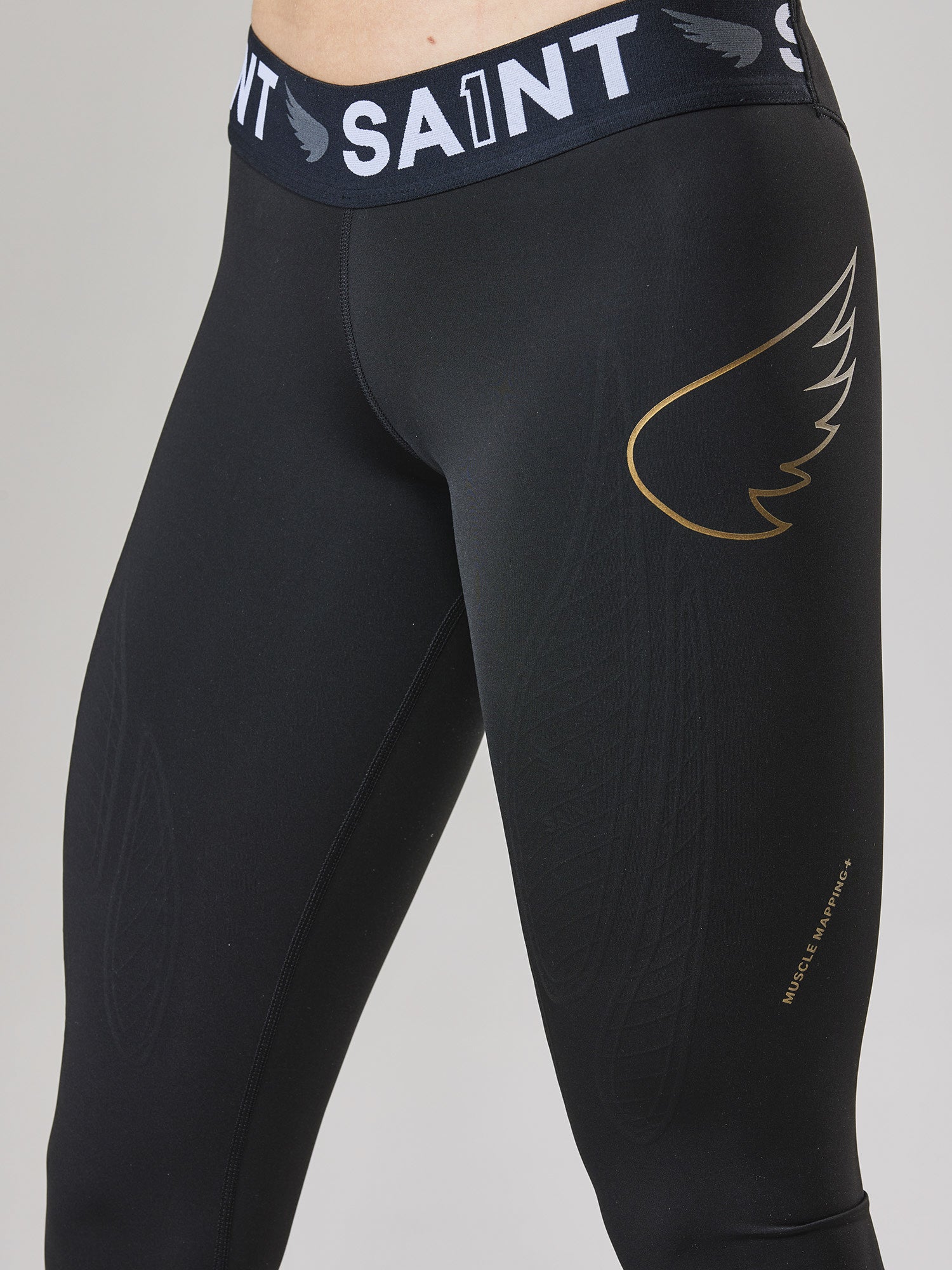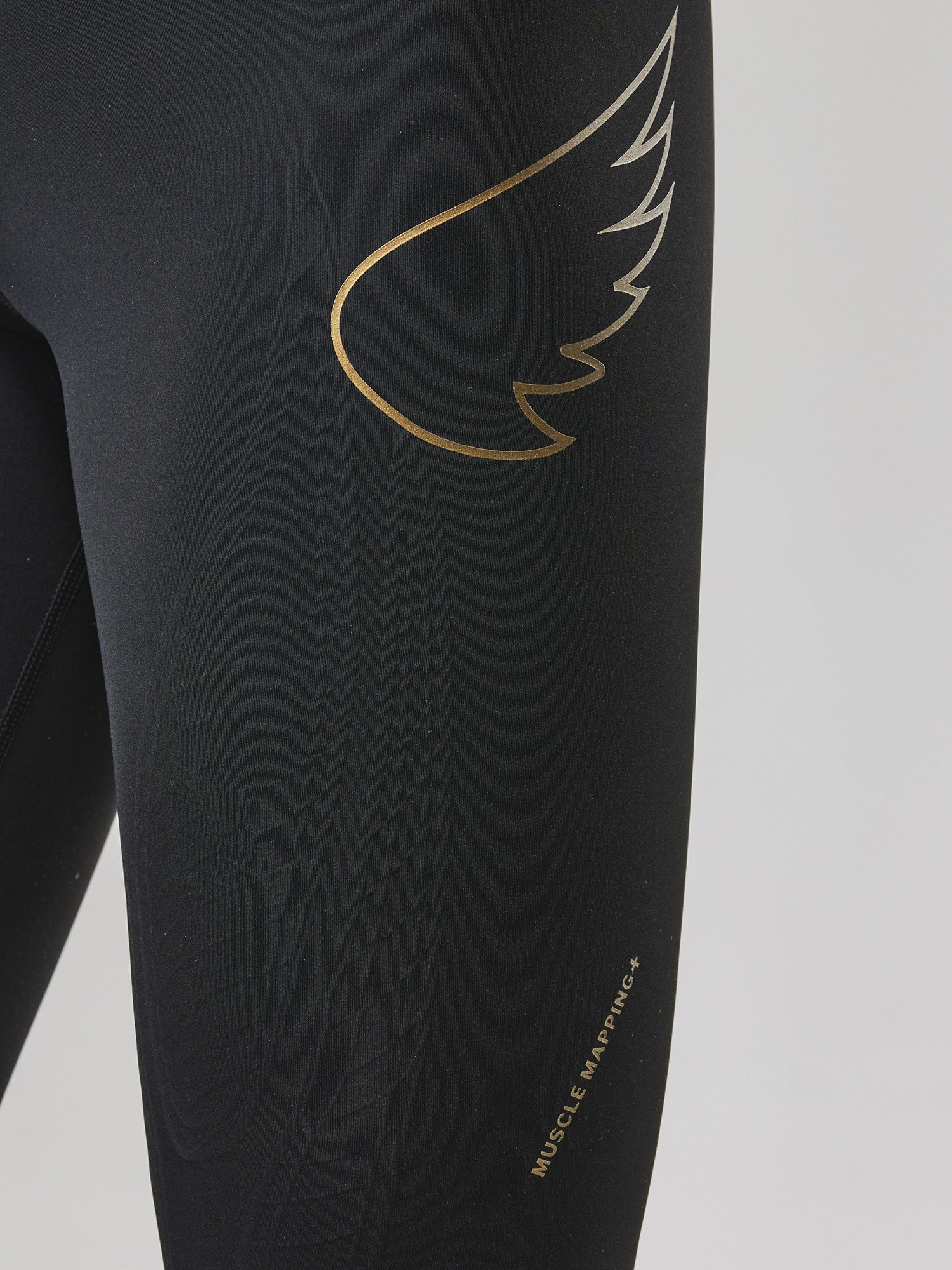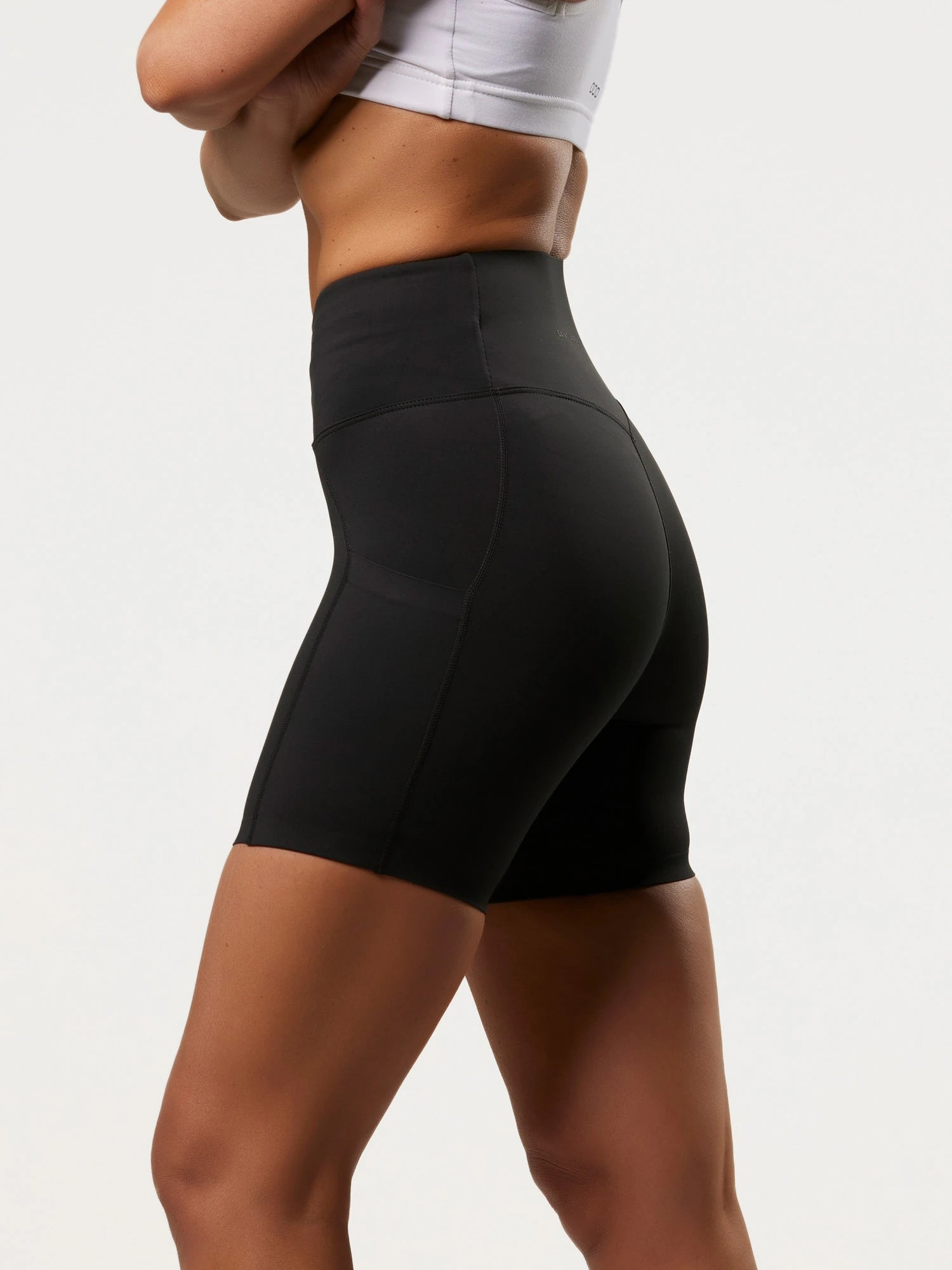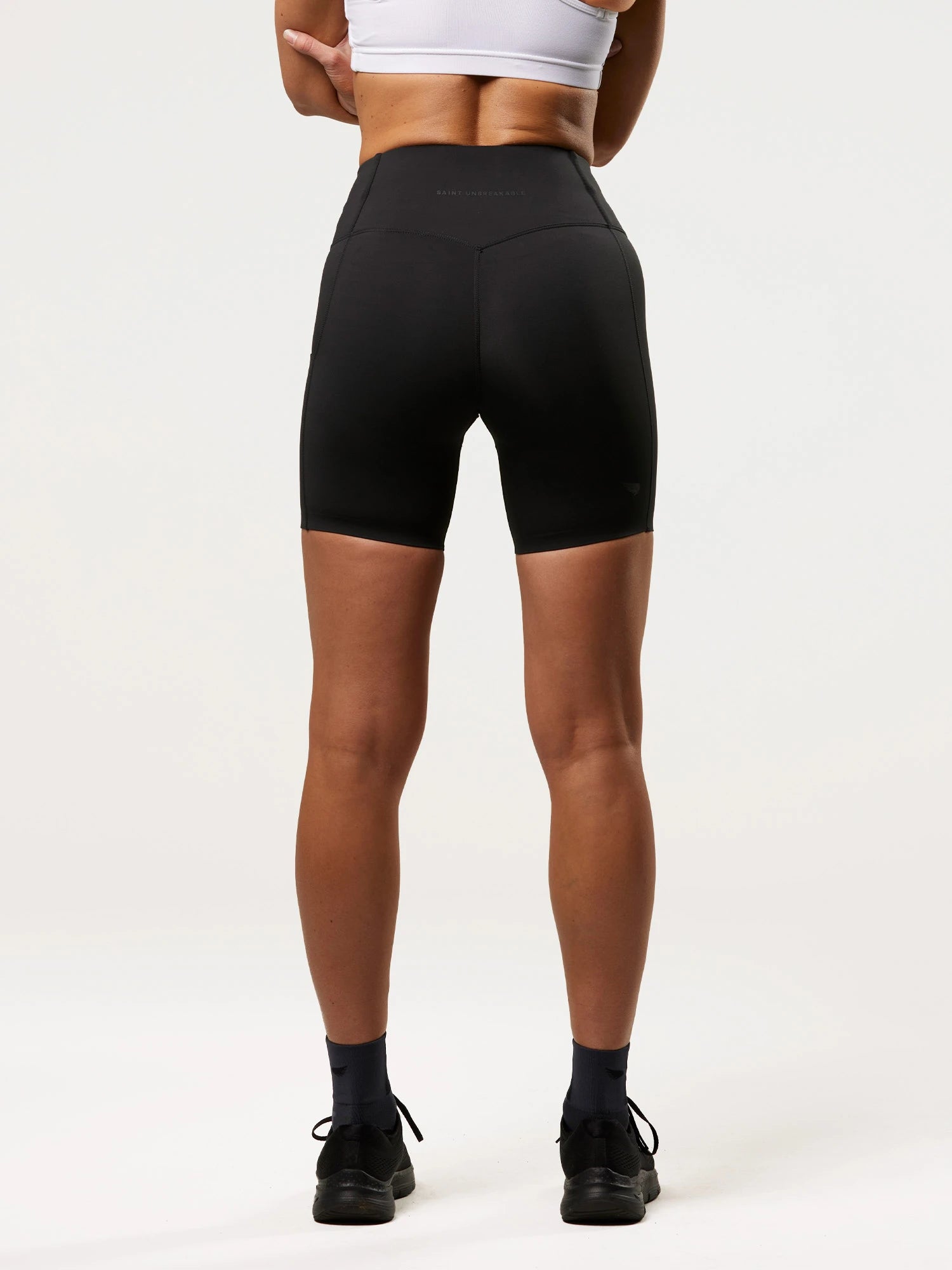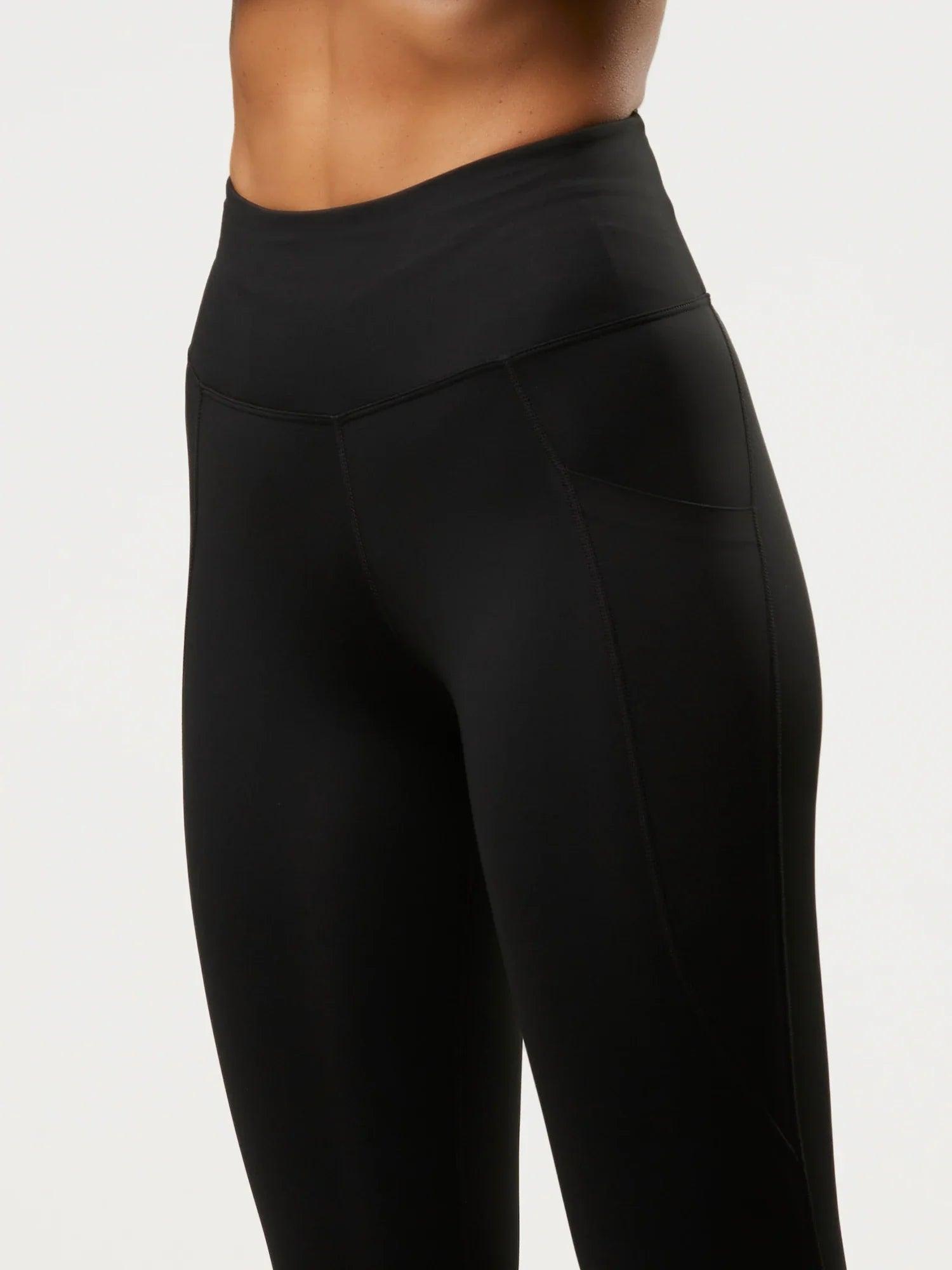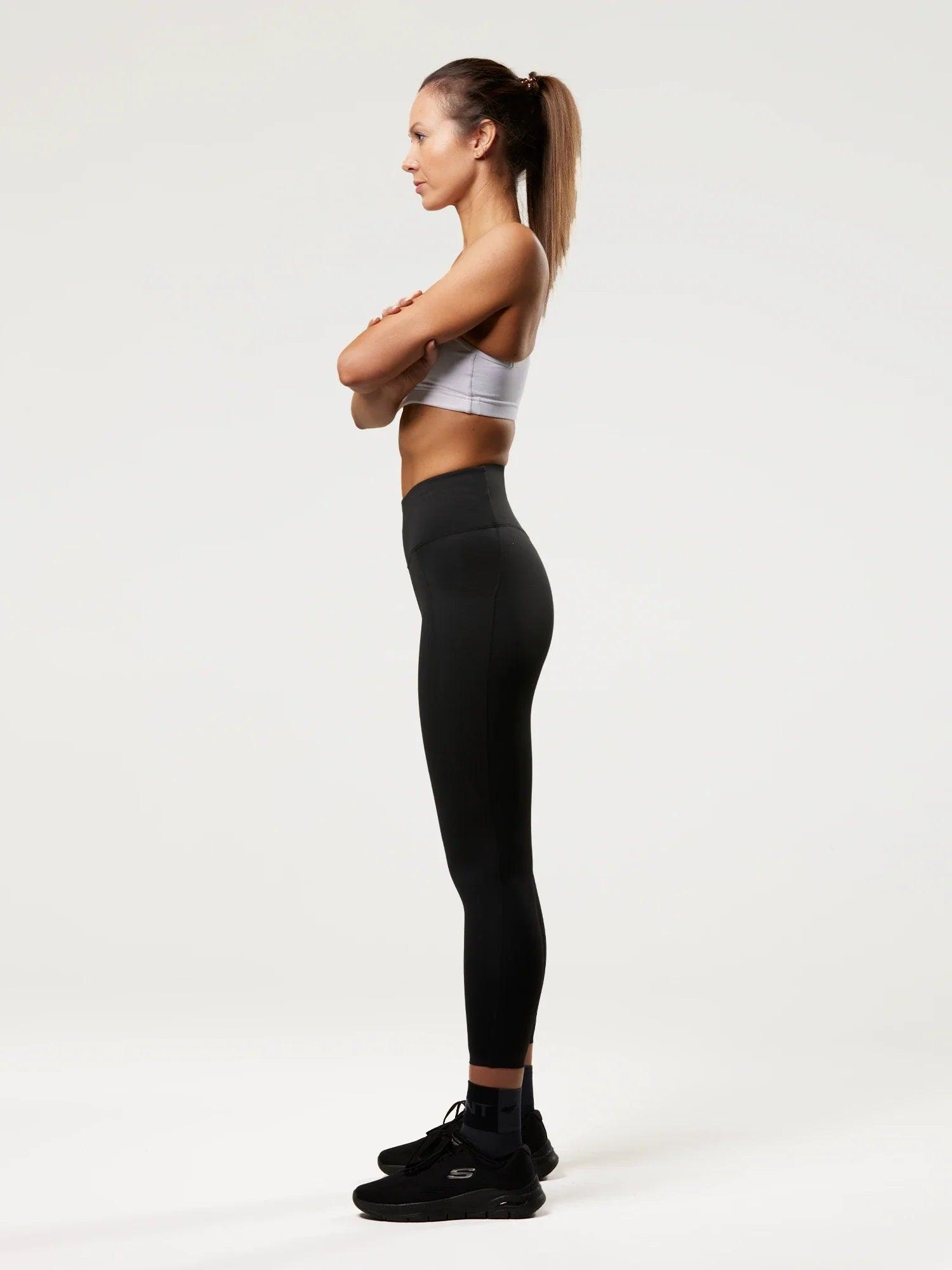How Many Calf Raises Should I Do: A Guide to Growing Your Calf Muscles
Calves are one of the most notoriously stubborn muscle groups for weight lifters. They just don't seem to ever grow! So you're definitely not alone in the struggle to grow bigger and stronger calf muscles.
Developed calves not only look great, but they can help you become a better athlete. People with strong calf muscles are less injury prone and their dynamic strength is remarkably improved.
This article will cover all there is to know about developing strong calf muscles, and a few calf exercises that you can add to your next leg day.
The Anatomy of Your Calf Muscles

There are actually two separate muscles that make up what we refer to when talking about the 'calf muscle': the gastrocnemius and the soleus.
The gastrocnemius muscle is the bulkier of the two, and the muscle that makes your calf look round and well-defined. This muscle helps you do things like standing on your toes, walking, running and jumping.
The soleus muscle is the smaller of the two and sits underneath the gastrocnemius. It starts from your tibia and fibula, eventually joining with the gastrocnemius to become your Achilles tendon. The soleus plays a similar role to the gastrocnemius, helping you to stand on your toes, walk, run and jump.
Benefits of Calf-Strengthening Exercises
Most people ignore calves at the gym, which is totally understandable. There are so many other muscles to think about. But what if we told you that regularly practicing calf raises and other calf exercises can have a ton of benefits that you wouldn't have guessed.
Big, strong calves look great aesthetically, but they also reduce your risk of injury. Simply put, strong muscles are less susceptible to injury than weak muscles.
Well-rounded calves also make you a better athlete. Your calves are what help you generate force from the floor, which helps with running, jumping, changing direction and even swimming.
How Many Calf Raises Should You Aim For?
The big question - how many calf raises should I do? It's important to realise that you shouldn't train calves with super heavy weights. Instead, aim for long sets with high reps until until you feel a deep burn. So train using a low or medium weight that you can handle for sets of 10+ reps.
Keep in mind that the ideal number of reps will depend on your fitness. Here is a rough guide to give you an idea of where to start.
How many calf raises should I do?
Beginner: 2-3 sets of 10-15 reps
Intermediate: 3-4 sets of 15-20 reps
Advanced: 3-4 sets of 20 or more reps
Best Calf Exercises for Maximum Results
Here are some calf exercises that you can add to routine. You only need 2-3 calf exercises per workout, so feel free to choose the ones that you like best.
Standing Calf Raises
The standing calf raise is a favourite for gym-goers. It's easy to learn and requires very little setup. It can be done using a machine or a small, elevated platform.
Stand on an elevated platform so you can use a full range of movement. Aim for a full contraction as you stand on the balls of your feet, and a full stretch of the calf as you come down.
Go for high reps and controlled movements. If this feels too easy, add a dumbbell or kettle bell to increase the difficulty, or just increase the weight if you're using a machine.
Single-Leg Calf Raises
Unlike the other exercises mentioned here, the single leg calf raise focuses on one single calf at a time. The benefit of isolating one calf is that the other leg won't take over any part of the movement, and you can evenly develop both calf muscles.
This exercise can be done on a flat surface, an elevated platform or even on a calf raise machine if that makes things easier. Start with whatever variation feels the most comfortable and slowly develop the exercise from there.
Seated Calf Raises
Most gyms have a seated calf raise machine, but you can still perform this exercise without one. All you need is a weight plate and a small platform to raise your feet.
Most calf exercises are performed standing up, but movements with your knees bent activate the soleus muscles, which is the smaller of the muscle groups that we mentioned above. So try to incorporate one sitting exercise into your calf routine.
Keep your feet shoulder width apart with your heels hanging, similar to the feet positioning of a standing calf raise.
Elevated Calf Raises
This is similar to the standard calf raise, but more difficult and taxing on your calf muscles.
Standing on a raised box or step platform will allow for a much greater range of motion, allowing you to really drive the movement into your calves. Aim for a complete movement that uses your whole body weight. You'll feel a deep burn with this exercise.
Balance is important for executing the elevated calf raise. Build up some strength in your calf muscles before attempting this movement.
Standing Dumbbell Calf Raises
For a simple variation of the standard calf raise, perform the movement with added weight and your feet flat on the ground.
It doesn't have to necessarily be a dumbbell. Kettlebells are also fine for this exercise. You might personally find this method of calf raises more comfortable, or simply wish to change up your routine with a different variation.
Creating a Calf Exercise Routine
You should ideally have between 2-3 calf exercises in your weekly routine. Aim for high-volume sets and try to incorporate a variety of movements so that your calf muscles can develop evenly. One of your calf exercises should be done with a bent knee to activate the soleus muscles as well.
Calf muscles don't grow overnight. It's important to be patient and perform calf raises with a full range of movement to maximise growth.
Frequently Asked Questions
What are the key benefits of incorporating calf-strengthening exercises into your fitness routine?
So what are the key benefits of incorporating calf-strengthening exercises into your fitness routine? Calf exercises obviously make your legs look nicely developed, but there's benefits that go beyond aesthetics. People with strong calf muscles are less inclined to pick up injuries, and their dynamic movement are improved as well. This includes things like running, jumping and turning on the spot.
How can an individual determine the right number of calf raises to include in their workout, considering factors like fitness level and goals?
So how can an individual determine the right number of calf raises to include in their workout, considering factors like fitness level and goals? Finding the magic number of reps for exercises can sometimes feel like an impossible task. It can vary so much depending on your fitness levels that it all becomes a bit confusing at times. Here is a rough guide to give you an idea of the best number of calf raises for your goals: Beginner: 2-3 sets of 10-15 reps Intermediate: 3-4 sets of 15-20 reps Advanced: 3-4 sets of 20 or more reps
What are some common mistakes to avoid when performing calf raises, and how can they impact your progress?
Here are some common mistakes to avoid when performing calf raises, and how they can impact your progress: Poor form: Some people bounce up and down when performing calf raises. Aim for a slow, controlled movement. Avoid tilting forward or backwards as well by maintaining a neutral spine. Insufficient range of motion: To get the most out of calf raises, raise your heels as high as possible and lower them completely down so they get a stretch. Using too much weight: Calf exercises isolate a very specific muscle group, and they should be done using high reps and low weight. Heavy weights will not only lead to improper balance but increase your risk of injury.
Are there any safety precautions or guidelines that individuals should be aware of before starting a calf exercise program, especially if they have a history of calf injuries?
So what about any safety precautions or guidelines that individuals should be aware of before starting a calf exercise program, especially if they have a history of calf injuries? Here are some tips to avoid injuring yourself or pulling up sore from a calf workout: Warm up: A light 5-10 minutes of jogging or cycling will get the blood flowing to your calf muscles. Stretch: Stretch before and after a calf workout to increase flexibility and reduce stiffness. Progress gradually: Don't overdo it when starting a calf-building routine. Work your muscles up slowly and realistically to avoid overworking them. Avoid heavy weights: Calf exercises are performed with high-reps and low weights.





